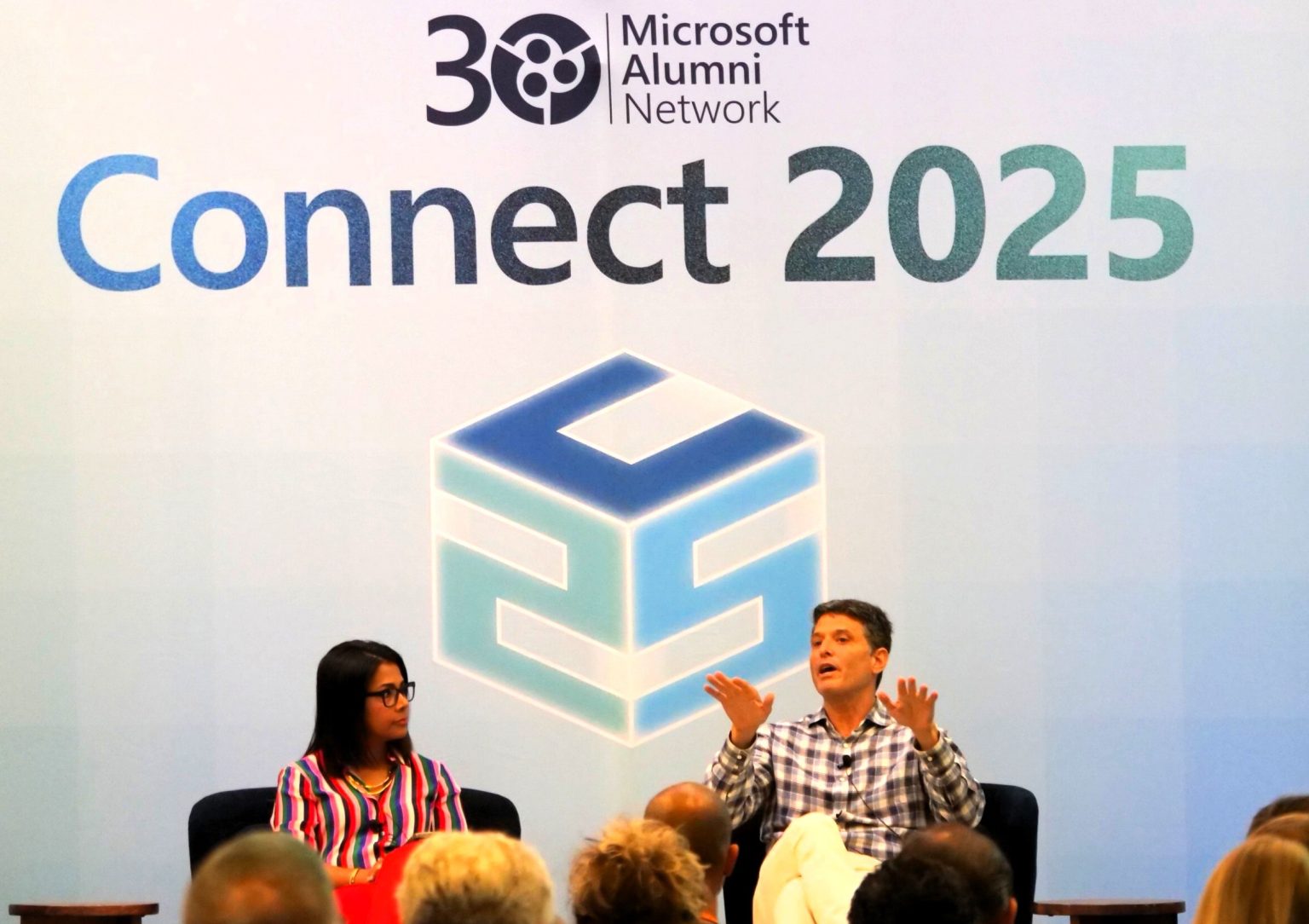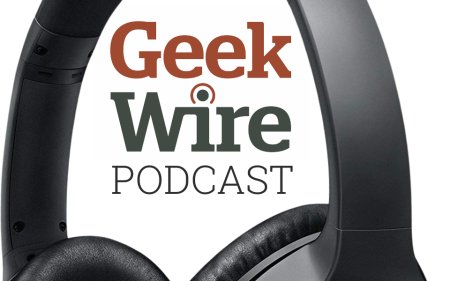AI and Personal Medical Records: A Healthcare Revolution on the Horizon
In a compelling discussion at the Microsoft Alumni Network Connect 2025 conference in Redmond, former Microsoft executive Terry Myerson, now CEO of health data technology company Truveta, and Mary Varghese Presti, Microsoft’s Corporate Vice President of Health & Life Sciences, shared a bold vision for healthcare’s near future. The conversation centered on how artificial intelligence will fundamentally transform healthcare within the next two years by directly connecting to personal medical records, offering patients unprecedented health insights and decision-making power. This shift represents not just a technological advancement but a profound reimagining of patient autonomy in healthcare.
According to Myerson, we’re on the cusp of a healthcare revolution where patients will be able to connect their personal medical records to AI systems and “have a conversation that includes all of the knowledge of the published literature.” This capability would transform medical decision-making for everyday people. For instance, when facing a significant health decision like surgery, patients could leverage AI to understand potential outcomes based on data from others with similar profiles and conditions. “I think a lot of things are going to change,” Myerson observed, adding that “that empowerment of the individual just seems so righteous to me.” He estimated this transformation is “single-digit years away” – a startlingly near-term prediction for such a profound change. Varghese Presti reinforced this optimistic timeline, noting that while healthcare has struggled with data challenges for decades, today’s AI models are making “non-linear improvements in terms of what’s possible,” creating unprecedented opportunities for progress.
Despite their optimism, both speakers acknowledged the significant structural challenges in healthcare that complicate technological adoption. Varghese Presti highlighted healthcare’s uniquely complex value chain: “In every other industry, the value chain is super clean. In healthcare, it’s so discombobulated.” This complexity, combined with the thin operating margins of health systems, means any new technology must demonstrate obvious, immediate value. The financial constraints faced by healthcare providers demand solutions with clear return on investment, as “they don’t have a lot of money” to experiment with unproven technologies. These practical concerns underscore why previous attempts at healthcare data transformation have struggled, despite decades of effort from technologists and healthcare professionals alike.
Myerson praised Apple’s groundbreaking work in giving people access to their personal medical records through the Apple Health app, noting the company’s comprehensive approach that includes funding lobbying efforts, creating necessary APIs, and pressuring providers to make health data more accessible. He positioned Truveta’s platform as providing a crucial missing piece in this ecosystem: comprehensive data on actual patient outcomes. Founded in response to critical data shortages exposed during the pandemic, Truveta works with healthcare system partners to collect clinical data from approximately one-third of Americans. Myerson emphasized that this data is completely de-identified to protect patient privacy before being used to address knowledge gaps in patient care. This approach represents a balance between leveraging the power of massive datasets while maintaining ethical standards and patient confidentiality – a critical consideration as AI becomes more embedded in healthcare decision-making.
The conversation also highlighted Microsoft’s role in healthcare AI through its acquisition of Nuance Communications, which brought the well-known Dragon Medical speech-to-text software into Microsoft’s portfolio. Varghese Presti, who joined Microsoft through this acquisition after spending 30 years in healthcare, explained how they’ve expanded this technology into Dragon Copilot – an ambient AI that listens to doctor-patient conversations, intelligently filters the dialogue, and automatically creates clinical notes by the end of each visit. This technology addresses one of healthcare’s most persistent challenges: allowing physicians to focus on patients rather than documentation. Microsoft is now extending this AI capability to support bedside nurses, potentially transforming workflow and patient care across multiple healthcare roles. These practical applications demonstrate how AI can alleviate administrative burdens while improving the human elements of healthcare delivery.
Myerson offered an interesting competitive analysis, suggesting that Microsoft holds a strategic advantage in healthcare because, unlike some of its tech rivals, it isn’t perceived as a direct competitor to healthcare systems. He drew a contrast between Microsoft and Google, which is often viewed primarily as a consumer company, and Amazon, which has positioned itself as a direct healthcare competitor through initiatives like Amazon One Medical. This perception matters significantly in an industry as relationship-driven as healthcare, where trust and partnership are essential for successful technology adoption. As AI continues to transform healthcare, these relationships between technology providers and healthcare systems will become increasingly important, potentially giving Microsoft an edge in this rapidly evolving landscape. The discussion ultimately painted a picture of healthcare at an inflection point, where AI technologies are finally mature enough to deliver on long-promised transformations in how patients access, understand, and participate in their own healthcare decisions.















